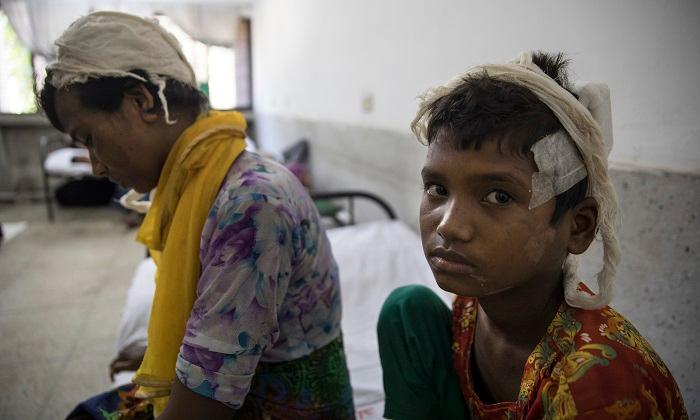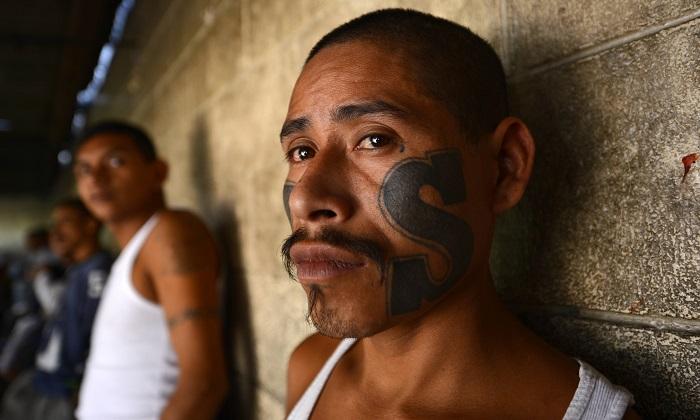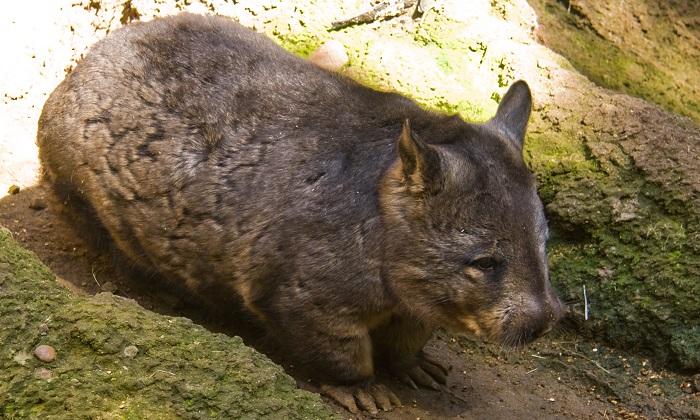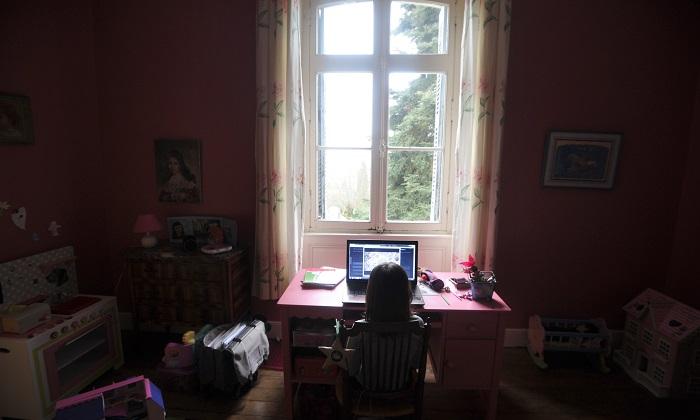Shawfika is a survivor of a massacre that occurred in Burma’s strife-torn Rakhine State on Aug. 30. The massacre occurred five days after an attack by the Arakan Rohingya Salvation Army (ARSA) on 30 Burmese security force outposts in Rakhine State.
The ARSA attack on Aug. 25 unleashed a horrific response from the Burmese military, with the ensuing violence, including reports of ethnic violence, affecting mostly civilians. Some 650,000 Rohingya have since sought refuge in neighboring Bangladesh.




